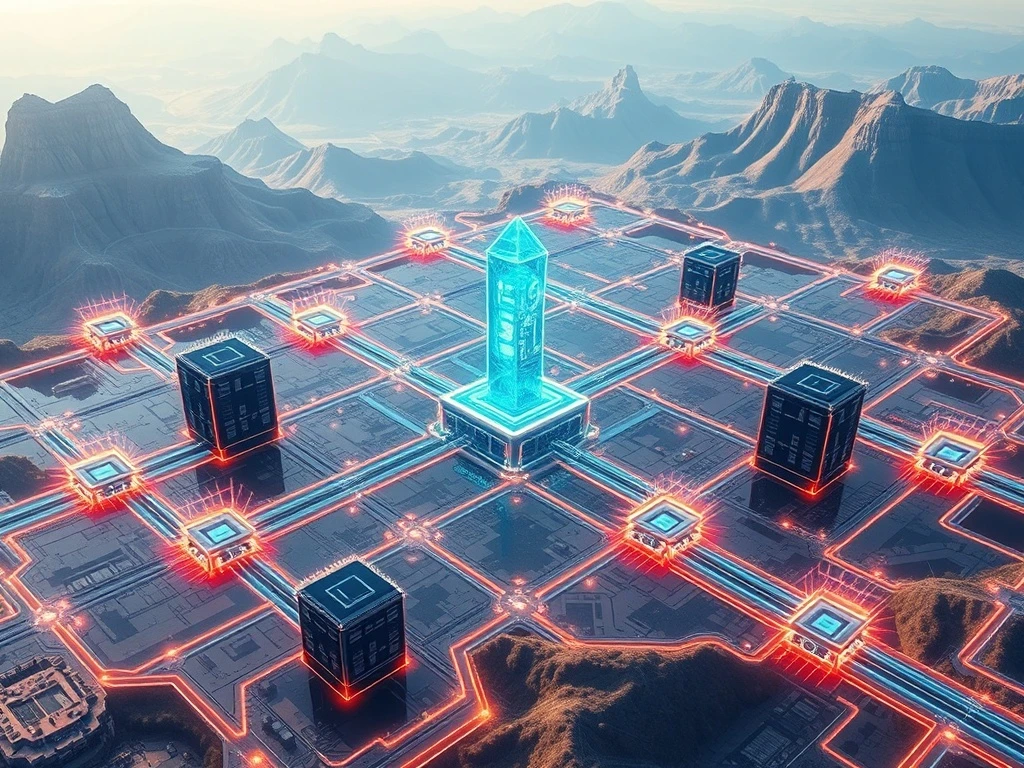Revolutionary AI Blockchain: Planck Launches World’s First Layer-0 for Decentralized AI

Discover how Planck is transforming the AI and blockchain space with the world’s first AI-specific Layer-0 blockchain. This groundbreaking technology promises to streamline decentralized AI services, offering unmatched efficiency and cost savings.
What is Planck’s AI Blockchain?
Planck has unveiled Planck₀, the first Layer-0 blockchain designed exclusively for AI-native applications. This modular infrastructure supports:
- Shared validator infrastructure
- Cross-chain interoperability
- Direct GPU compute access
By eliminating manual connections to AI models, Planck₀ simplifies integration for developers and enterprises alike.
How Does Decentralized AI Work on Planck?
The platform’s two-layer architecture consists of:
| Layer | Function |
|---|---|
| Planck₀ | Modular Layer-0 with shared security and liquidity |
| Planck₁ | EVM-compatible Layer-1 optimized for AI training |
This dual approach ensures high-performance AI tasks while maintaining blockchain flexibility.
Key Benefits of Planck’s GPU Compute Network
Planck’s global GPU network offers:
- 90% cost savings versus traditional cloud providers
- Support for USDC and $PLANCK token payments
- Access to $230M worth of specialized AI hardware
The platform currently supports over 30 blockchains, including Ethereum and Polkadot.
PLANCK Token: Powering the Ecosystem
The native $PLANCK token enables:
- GPU staking and liquid staking (LPLANCK)
- Governance participation
- Revenue-sharing mechanisms
Token buybacks using USDC revenue further strengthen the ecosystem’s economic model.
Industry Backing and Future Potential
Planck has secured support from notable investors including:
- Tether co-founder Brock Pierce
- DNA Fund
- GDA Capital
With $3.5M in early funding and $4M in staking commitments, Planck is poised to redefine AI infrastructure.
FAQs About Planck’s AI Blockchain
Q: What makes Planck different from other AI blockchains?
A: Planck is the first Layer-0 solution specifically designed for AI, offering foundational infrastructure rather than just application layers.
Q: How does Planck achieve cost savings on GPU compute?
A: Through decentralized access to global GPU resources and optimized infrastructure utilization.
Q: Can developers deploy custom AI models on Planck?
A: Yes, Planck’s AI Studio supports both open-source and proprietary model deployment with low-code tools.
Q: What blockchains are compatible with Planck’s infrastructure?
A: The network currently supports Ethereum, BNB Chain, Near, Polkadot, and over 25 others.







